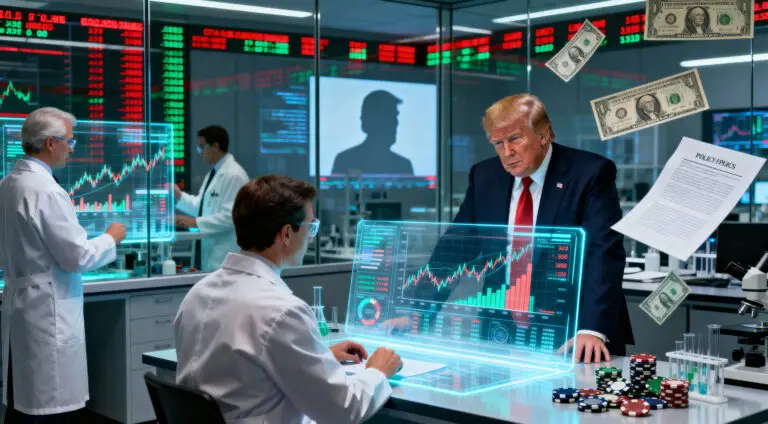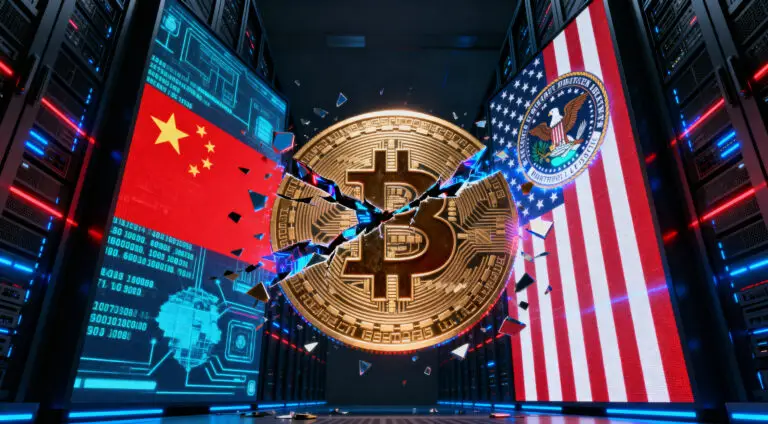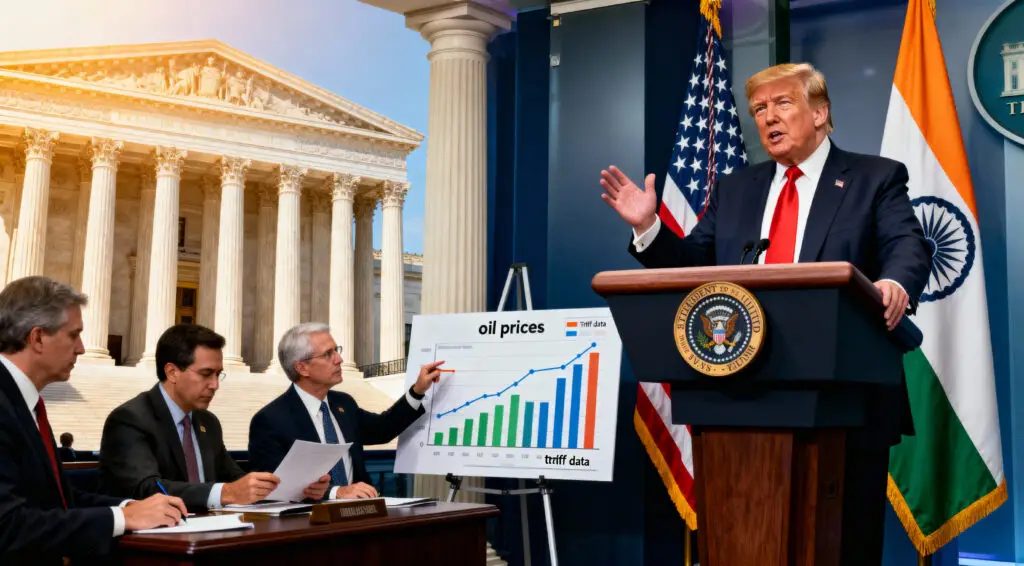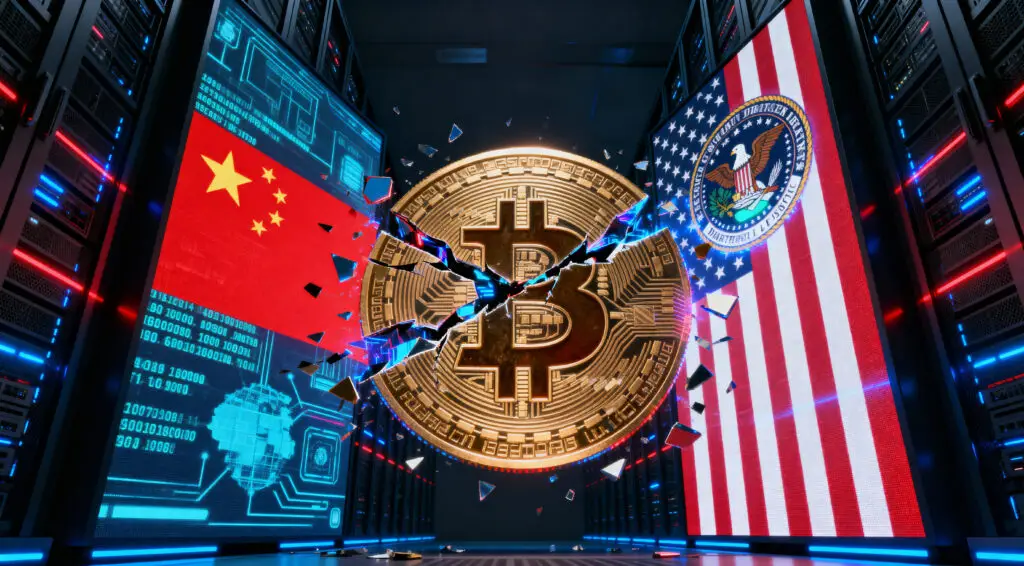The SEC Lawsuit That Nearly Crushed XRP
In December 2020, XRP was hit with a devastating SEC lawsuit accusing Ripple Labs of selling $1.3 billion in unregistered securities. The case caused XRP’s price to collapse by more than 60% and triggered widespread delistings from major exchanges. For many, it looked like the beginning of the end. Yet, what once appeared to be XRP’s downfall has since become its greatest strength. The trial gave XRP the one thing most cryptos lack: definitive legal clarity in the U.S.
Community Mobilization Behind the XRP Army
The SEC battle galvanized the so-called “XRP army,” uniting supporters across the globe. Attorney John Deaton rallied more than 75,000 holders to file affidavits, submit testimonies, and campaign online. Their persistence transformed XRP’s community from a meme into one of the most organized movements in crypto. This groundswell of support kept XRP relevant even during its darkest days. It also showcased the unique role retail investors can play in shaping crypto narratives.
Recommended Article: XRP ‘Cycle Target’ at $20, Strategy Bitcoin Lawsuit Ends: Hodler’s Digest (Aug. 24–30)
Key Legal Victories That Shifted the Case
Ripple’s fortunes began to turn in 2022 when courts forced the SEC to release internal Hinman emails. These revealed contradictions in how the SEC classified tokens like Ethereum versus XRP, exposing cracks in the regulator’s stance. Judge Analisa Torres’ 2023 ruling gave Ripple its biggest win, confirming that programmatic exchange sales of XRP were not securities.
Although institutional sales were still deemed violations, the judgment provided a path forward. This decision set a legal precedent that separated XRP from securities in the eyes of retail investors.
Closing the Case and Securing Precedent
On August 7, 2025, Ripple and the SEC officially dropped their appeals, cementing the legal precedent. Judge Torres’ earlier ruling now stands as binding: XRP is not a security when sold on exchanges. Ripple paid a reduced $125 million penalty—just 5% of the SEC’s original demand. The market quickly reacted, pushing XRP’s price above $3 in celebration. Investors now view XRP as the only major crypto with regulatory certainty in the U.S.
Why the Verdict Strengthened XRP’s Narrative
The lawsuit, once seen as an existential threat, ultimately fortified XRP’s story. By surviving the toughest regulatory challenge in crypto history, XRP now carries the credibility of judicial validation. This rare clarity positions it ahead of Bitcoin and Ethereum, which still lack formal legal classification.
The verdict also reassured institutions that had long avoided XRP due to compliance risks. Today, XRP stands as a symbol of resilience and regulatory legitimacy.
Institutional Interest and Market Growth
Since the ruling, XRP has attracted renewed attention from institutional investors. In the year following Judge Torres’ decision, XRP added nearly $180 billion to its market cap. Ripple’s acquisition of Hidden Road for $1.25 billion further boosted its institutional reach.
With banks and payment providers now more comfortable partnering with Ripple, adoption is accelerating worldwide. For institutional allocators, XRP is now one of the safest bets among top digital assets.
The Road Ahead for Ripple and XRP
Freed from years of legal battles, Ripple can now shift its focus back to innovation. Its RLUSD stablecoin and the XRP Ledger are poised for faster adoption with fewer regulatory obstacles. Global expansion is next on the agenda, particularly in Asia and Europe, where crypto regulations remain in flux. Ripple now has the chance to leverage its U.S. clarity as a competitive edge abroad. If successful, XRP could solidify its place as the leading cross-border payments solution in crypto.















